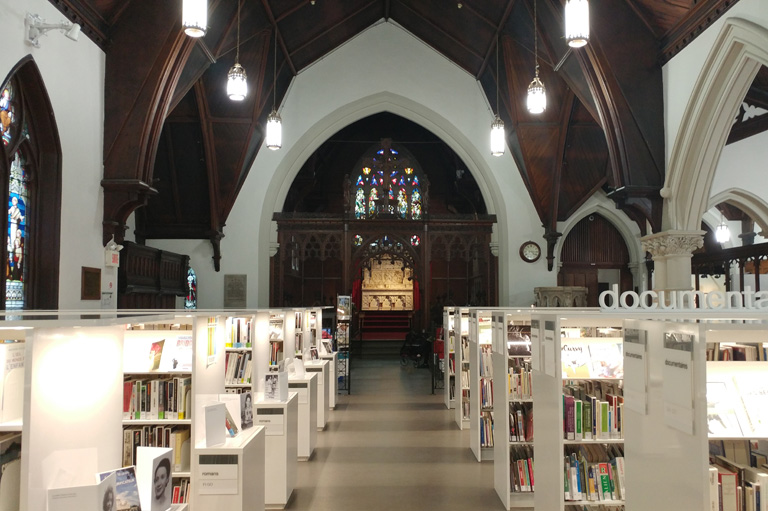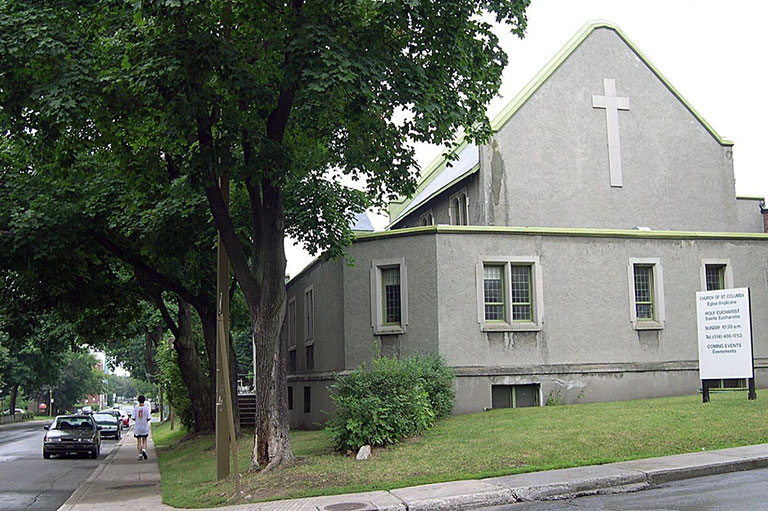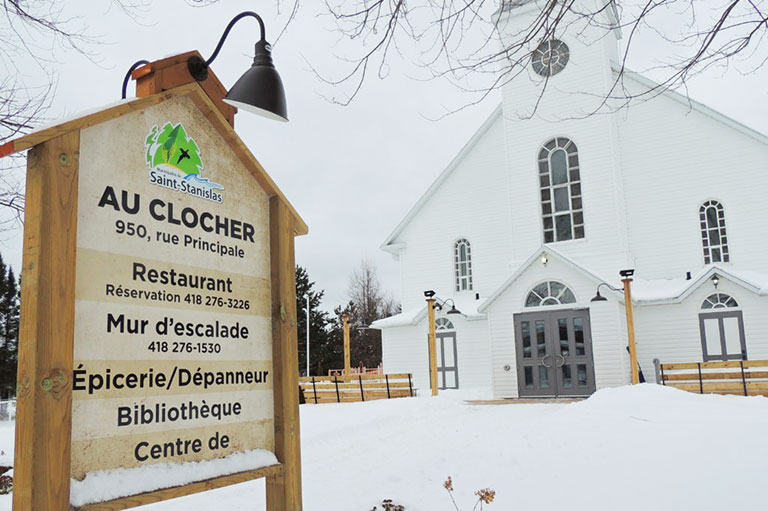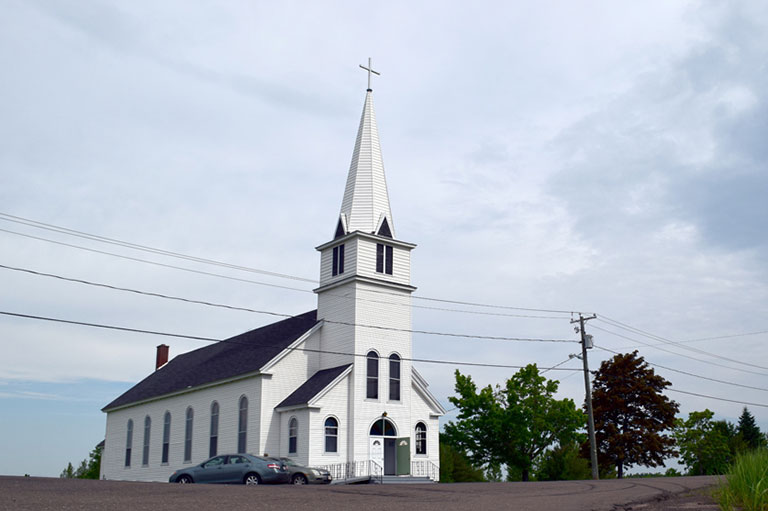Transforming Religious Heritage: Quebec City
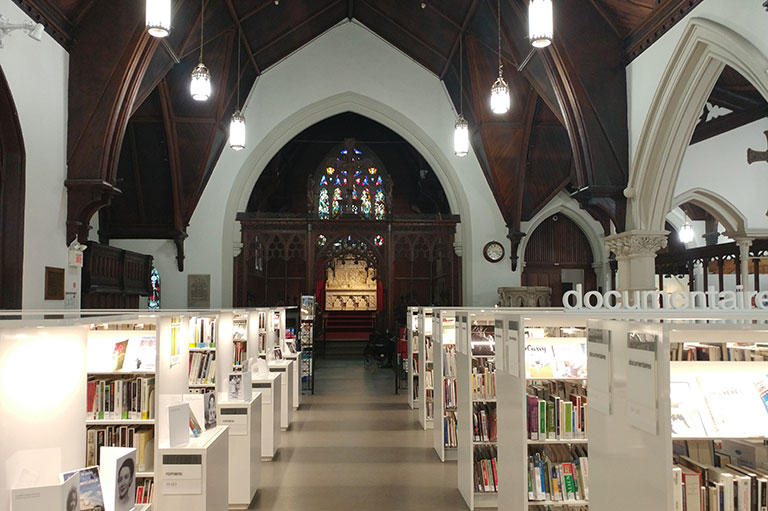
The religious built heritage of Quebec City—a UNESCO World Heritage City—seemingly benefits from ironclad protection against alteration or destruction. This is true, in large part, in the historic district, though buildings in other areas of the city are more vulnerable: in fact, certain churches are in immediate danger. For example, this is the case for the churches of Saint-Sacrement and Saint-Cœur-de-Marie, which are in an alarming state.
In this 400-year-old city, examples of the transformation of religious built heritage are many. Click here to see the list of converted places of worship from a report by the Working Group on the Preservation of Religious Cultural Heritage in Quebec City. Some of the conversions are remarkable, both in their approach and their outcome, while others are utterly deplorable.
Here are a few of the remarkable examples:
Success stories...
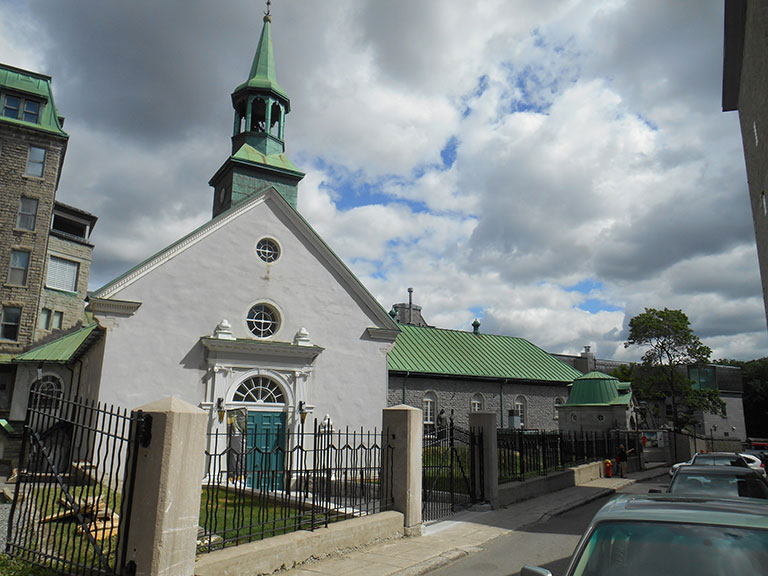
The monastery of the Augustines de la Miséricorde de Jésus of Quebec City’s Hôtel-Dieu
Built between 1642 and the mid-20th century, the Augustine monastery was a major centre for medical activity until its hospital mission was transferred to the CHUQ in 1962. Its conventual architecture is remarkably coherent, with the notable exception of the central tower, despite the centuries separating its expansions and reconstructions.
Facing a drastic decrease in membership, the Augustines began to give some serious thought to their future. The result was a truly unique concept: the multiple transformation of the monastery into a global health centre including a hotel, a care facility, a museum, and a shop.
By choosing a new role similar to the original purpose, through a profound respect for the buildings, and with the opening of a commemorative space, the Augustines showed that responsible transformation of religious built heritage was not only possible but could also be truly forward-looking.
Claire-Martin Library (formerly St. Matthew’s Church)
St. Matthew’s Anglican Church, constructed in 1848–1849 and expanded in 1870, serves as an example to follow for the conversion of churches into libraries, thanks to the close cooperation of the various stakeholders involved. In 1976, the government of Quebec classified the building as a historical monument. Then, in 1979, Quebec City purchased it for the symbolic sum of $1 in order to convert it into a library with the support of L’Institut Canadien and the invaluable cooperation of the Anglican church, which ensured a smooth transition.
The library benefits from regular upgrades so as to maintain its social value, and from maintenance to guarantee its continued existence. The preservation of key elements from the place of worship, such as the baptismal fonts, keeps the building’s former use etched in our collective memory.
...and examples of unfortunate destruction

Saint-Vincent-de-Paul Church
On the corner of Honoré-Mercier Avenue and the Côte d’Abraham, one can see the remains of Saint-Vincent-de-Paul Church. This place of worship—built in the late 19th century, lost to fire in 1949, and reconstructed in 1953—is growing increasingly blurry in our collective memory.
A real estate developer acquired the church in 1998. In 2006, it was demolished without regard to its position in a UNESCO-recognized historic district, and without the blessing of the provincial government. However, the government did intervene to stop its complete destruction: the facade was saved and a project integrating it into a new hotel was announced. However, the hotel was never built: in 2009, the developer obtained the Ministry’s authorization to demolish the facade, in exchange for the subsequent construction of a work of art—another promise that was not kept. In 2017, the city stated that it would either buy back the land or expropriate the current owner. At the time of this writing, the land still belongs to the developer.
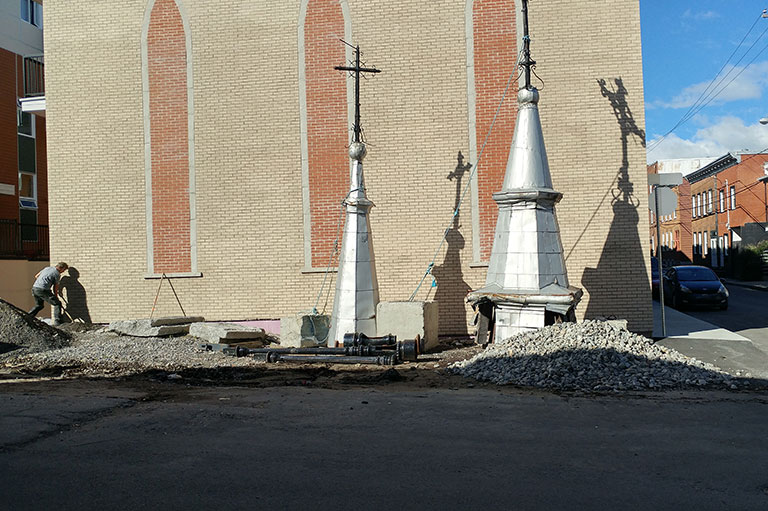
Saint-Joseph de Saint-Sauveur Church
Saint-Joseph de Saint-Sauveur Church served as an inspiration for Roger Lemelin’s novel Les Plouffe, whose television adaptation was one of the medium’s first big hits in Quebec. Yet, the building was not deemed worthy of recognition for its heritage value.
The contractor who had acquired the building had both the will and means to transform the interior but could not obtain a permit to do so. Both the Ministry of Culture and Quebec City absolved themselves of all responsibilities relating to the preservation of the Plouffes’ church. The building, on the verge of collapse after being abandoned for several years, was demolished in 2012. After a wave of public discontent, the city promised to create a commemorative space on the site of the former forecourt.
Yet, as of the writing of this article, the steeple still sits rotting by the side of the road, with no protection from the elements. It has been there for six years. Each passing day reduces the likelihood it will be of any future use.

